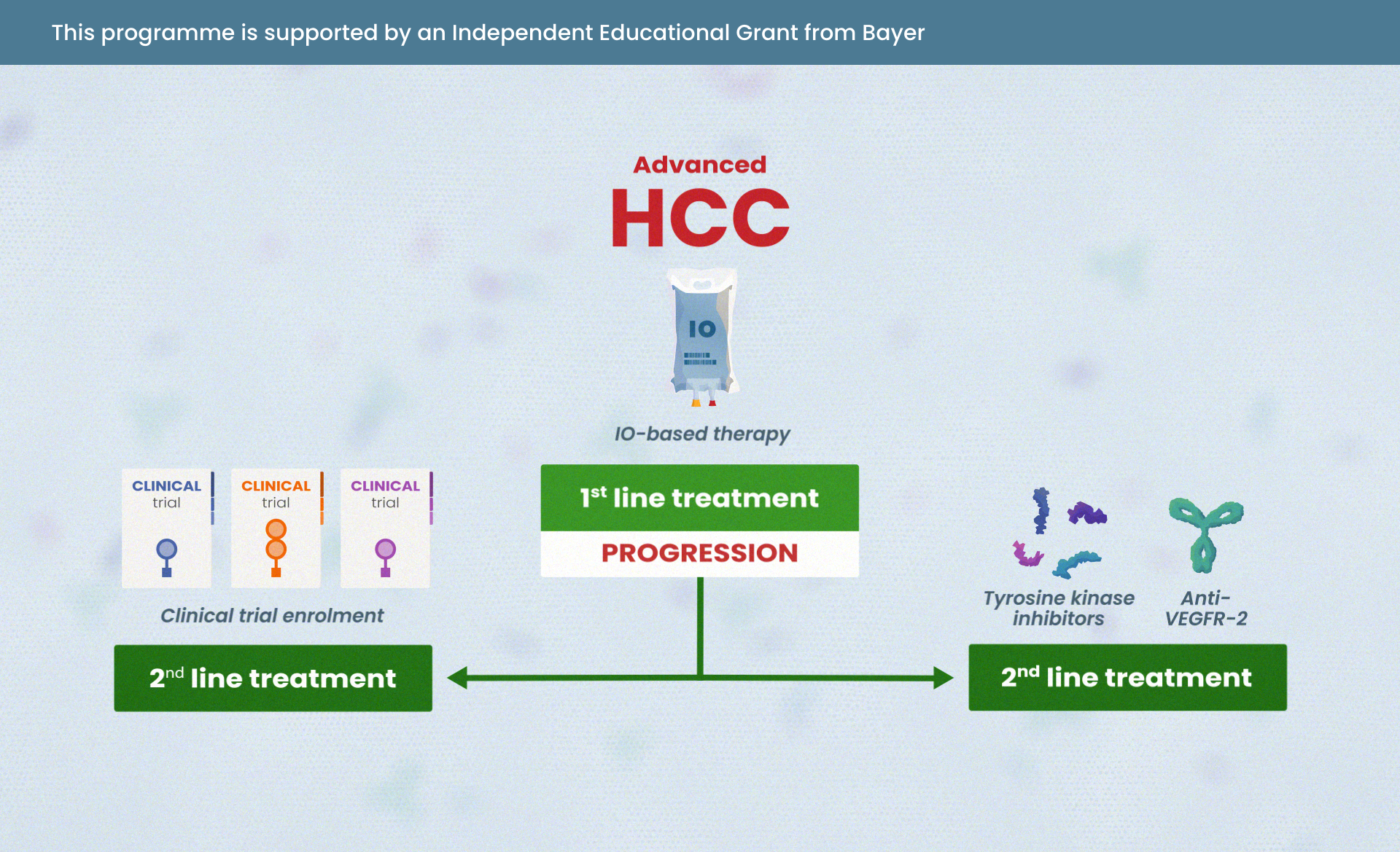Assoc. Prof. Tanya B. Dorff looks into the use of imaging along with the treatment of oligometastatic prostate cancer
Treating oligometastatic prostate cancer
Assoc. Prof. Tanya B Dorff examines the influence of imaging techniques on treatment of oligometastatic prostate cancer. In this video and accompanying slides, she defines oligometastatic prostate cancer before addressing imaging techniques as a critical component to successful treatment of oligometastatic prostate cancer.
Imaging in identifying and treating oligometastatic prostate cancer
Oligometastatic prostate cancer needs to be correctly identified to aid treatment decisions. Explored here are different imaging techniques such as CT, MRI, PET, or combined techniques. Discussed is the importance of imaging to correctly identify oligometastatic patients and high-volume patients. Data is presented examining the sensitivity of novel imaging PET tracers.
Targeted radiation in the treatment of oligometastatic metastases
Metastasis-directed therapy improves overall survival, as shown in the SABR-COMET clinical trial which looks at Stereotactic Ablative Radiotherapy (SABR), a technique that delivers high doses of radiation to small tumour targets for the treatment of oligometastatic metastases. Prof. Dorff presents and examines data from the SABR-COMET trial. Addressed are issues that need to be examined in future trials, and questions being answered by ongoing trials. Prof. Dorff surmises the ways in which imaging allows for identification and successful treatment of oligometastatic prostate cancer in an innovative metastasis-directed way. This video and slide-set have been designed as a useful educational resource for medical oncologists, and we hope you find them useful to your own clinical practice.





 Downloadable
Downloadable  5 MIN
5 MIN
 Jun 2025
Jun 2025 






